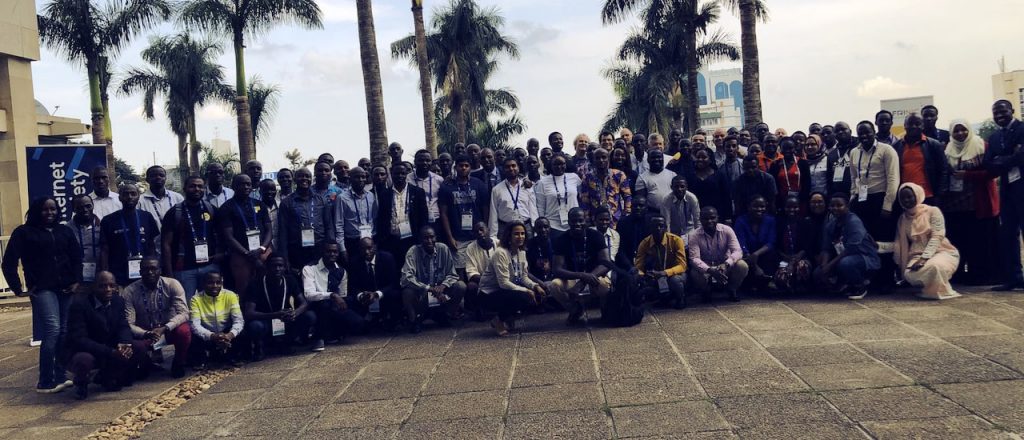0
Cisco connects with IBM in to simplify hybrid cloud deployment
Cisco and IBM said the companies would meld their data-center and cloud technologies to help customers more easily and securely build and support on-premises and hybrid-cloud applications.Cisco, IBM Cloud and IBM Global Technology Services (the professional services business of IBM) said they will work to develop a hybrid-cloud architecture that melds Cisco’s data-center, networking and analytics platforms with IBM’s cloud offerings. IBM's contribution includea a heavy emphasis on Kubernetes-based offerings such as Cloud Foundry and Cloud Private as well as a catalog of IBM enterprise software such as Websphere and open source software such as Open Whisk, KNative, Istio and Prometheus.To read this article in full, please click here


